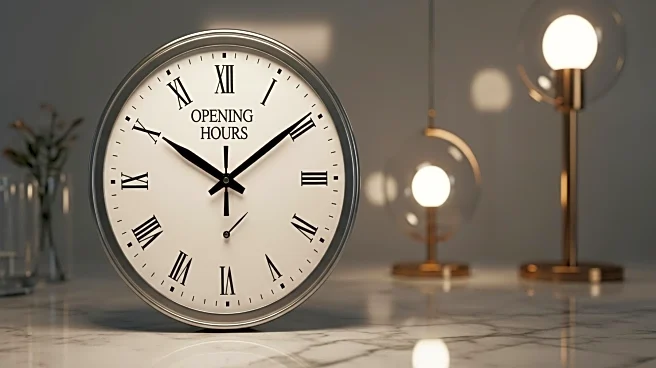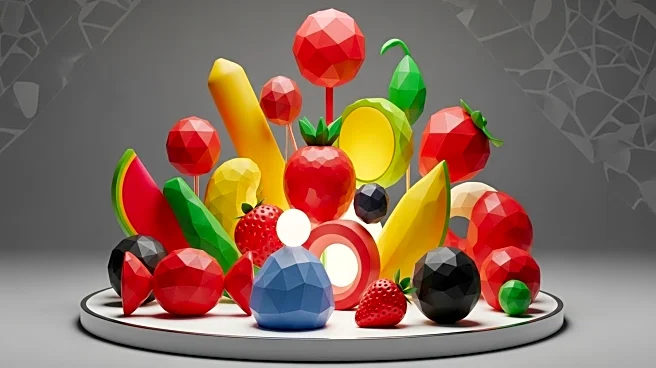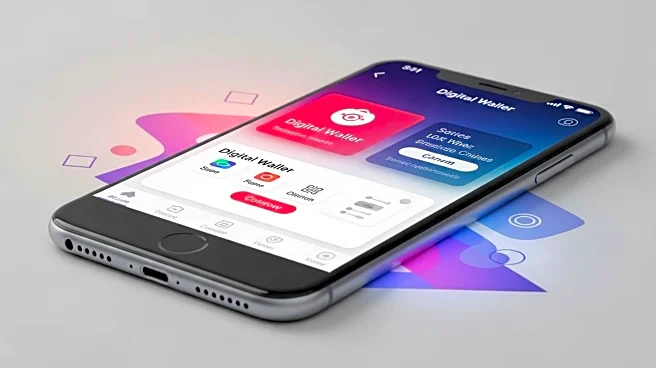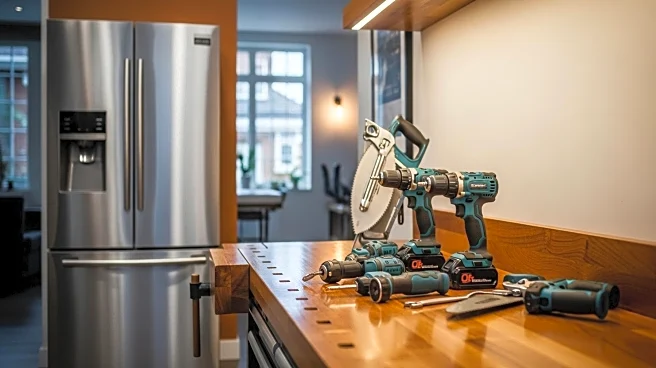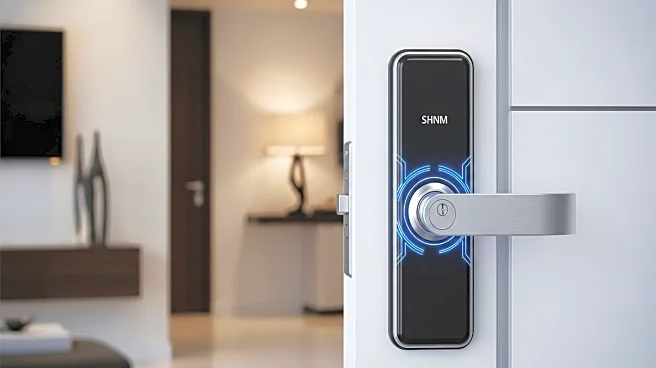What's Happening?
Home Depot has unveiled a new version of its popular Halloween decoration, Skelly, which now features voice activation and enhanced animatronics. Originally launched in 2020, Skelly became a hit due to its large size and visibility during socially distanced celebrations. The latest iteration, known as Ultra Skelly, stands at 6.5 feet tall and includes a rotating upper torso, moving mouth, and 18 LCD eye variations. The new model can interact with visitors through five preset recordings and allows for up to 30 seconds of custom recording. Additionally, Bluetooth capabilities enable real-time interaction, with voice modulation options to enhance the spooky experience. Skelly is available for purchase on the Home Depot website or app for $279.
Why It's Important?
The introduction of voice-activated features in Halloween decorations like Skelly reflects a growing trend towards integrating technology into holiday celebrations. This development could influence consumer expectations for interactive and customizable decorations, potentially driving innovation in the seasonal retail market. Home Depot's move to enhance Skelly with tech features may attract tech-savvy consumers and boost sales during the Halloween season. The ability to personalize interactions with Skelly could also enhance customer engagement and satisfaction, setting a precedent for future holiday products.
What's Next?
As Halloween approaches, Home Depot may see increased demand for Skelly and similar tech-enhanced decorations. The company might continue to innovate and expand its range of interactive holiday products, potentially collaborating with tech developers to introduce new features. Consumer feedback on Skelly's voice capabilities could guide future product enhancements and marketing strategies. Additionally, competitors in the retail space may respond by developing their own tech-integrated decorations to capture market share.
Beyond the Headlines
The integration of technology into holiday decorations like Skelly raises questions about privacy and data security, particularly with Bluetooth-enabled devices. Consumers may need to consider the implications of using voice-activated products in their homes. Furthermore, the trend towards tech-enhanced decorations could influence cultural perceptions of traditional holiday celebrations, blending digital experiences with physical festivities.


